HoMA Artist Spotlight: Gerard Elmore
HoMA is spotlighting the work of artists in our community during these unprecedented times. Assistant Curator of Film and Performance Sarah Fang had a virtual conversation with local filmmaker Gerard Elmore, to hear how his work has been affected by the pandemic, how the local community is adapting, and what keeps him motivated and inspired.
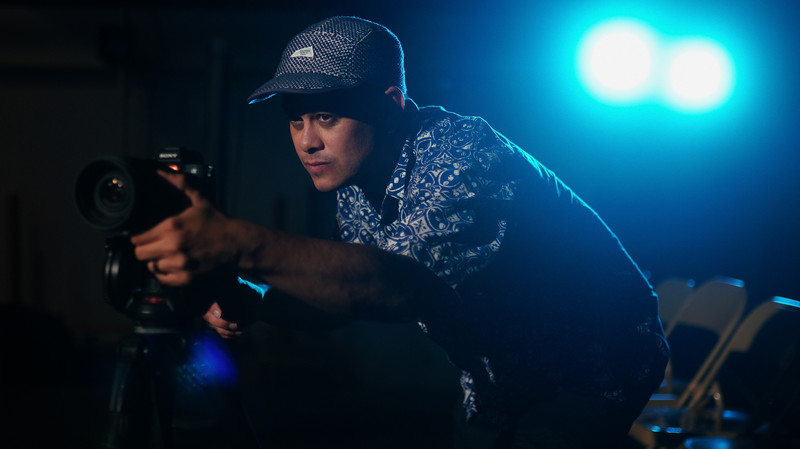
Gerard Elmore
Hawai‘i filmmaker Gerard Elmore
Gerard is a multiple Emmy-winning writer, editor, producer, and director who works with the NMG Network as a Lead Producer. At NMG Network, he helps to build a new cloud-based broadcasting company producing and aggregating original content including shows, films, music, and events. He has over 15 years of experience creating nationally distributed independent films, and working as a commercial director on award-winning spots for various clients.
During the pandemic, Gerard has been working with the Honolulu Theatre for Youth (HTY) on their new television program The HI-Way. Season 2 just premiered on September 22 and will continue to air on K5, KHNL, and KGMB. You can also catch previous episodes on the HTY YouTube channel. Aside from The HI-Way, Gerard has also been working on two films, Ka Huakaʻi and Red House.
Sarah Fang: Let me just start off by asking you how you’re doing in general? Especially since it’s been 6 months since the Covid-19 situation has gotten serious. Did you feel like you were equipped for something like this?
Gerard Elmore: I knew it was gonna be bad, and I knew that we wouldn’t be able to wrap our heads around how bad. I think we’re not even at the middle of this to be honest. People need to realize this is a once-in-a-lifetime thing. Family-wise, we bought chickens. We started to go into self-sustain mode and thinking “how do you become more self-sustaining?”
In the filmmaking world, I knew that production and filming would immediately shut down. So the question was “what can you do when you can’t really do what you do anymore?” The answer became what you can do with stories and ideas at home. At NMG, we’re reliant on tourism, so right away, work started to slow down. But in its place, there were a lot of nonprofits and community groups that needed to get their messages out. We were able to pivot to the non-profits and community groups who needed help getting their stories out over video. That’s how something like The HI-Way was born.
SF: Can you tell us about your work with HTY and the conception of The HI-Way?
GE: When Covid happened, HTY knew immediately that they wouldn’t be able to have any live theatre productions and it wasn’t a good situation for the actors they employed with nothing to do—they’re one of the only theatre groups that pays a salary to their actors that I’m aware of. Eric Johnson is the Artistic Director there and he’s always been a big dreamer, so he called me at NMG asking “Would you be willing to go on this adventure to create this TV show for kids going through Covid?” It would be a 30 minute TV show with all original music, so I knew that this was going to be a lot of work. But at the same time, all of our other work at NMG had slowed down, so Jason Cutinella at NMG was like “Go for it! Dive into it and see what happens.”
On the first episode, there wasn’t actually a lockdown, so we were able to use the stage space and kind of shoot it somewhat like a professional TV show. By the time Eric called me, they wrote the first episode in three or four days with original music and musical numbers, but we had to get the thing on air the following week—the turnaround was extremely fast. But I knew what the stakes were—we needed to keep the theatre alive—and if we’re gonna do it, we had to get this thing going.
During the first episode, we had Chesley Cannon and Matt Mazzella, both HTY staffers, and they were the secret weapons. Matt is a maestro of music and he does the sound design and score for the live theatre productions so he just shifted over to doing it in video for the episode. Chesley had a hunger to do filmmaking and already wanted to pivot into the video world. So I come walking in with, already, two filmmakers on the team who can write songs and make music so it makes the whole thing come together quicker.
We barely got the first episode in the can when there was a lockdown. So if you see the ones that are online, the first episode was nice and polished, and then the rest of the episodes were all shot on iPhones. From that point on, the actors became filmmakers. They had to shoot themselves, write the sketches, make the costumes and then they would have to edit.
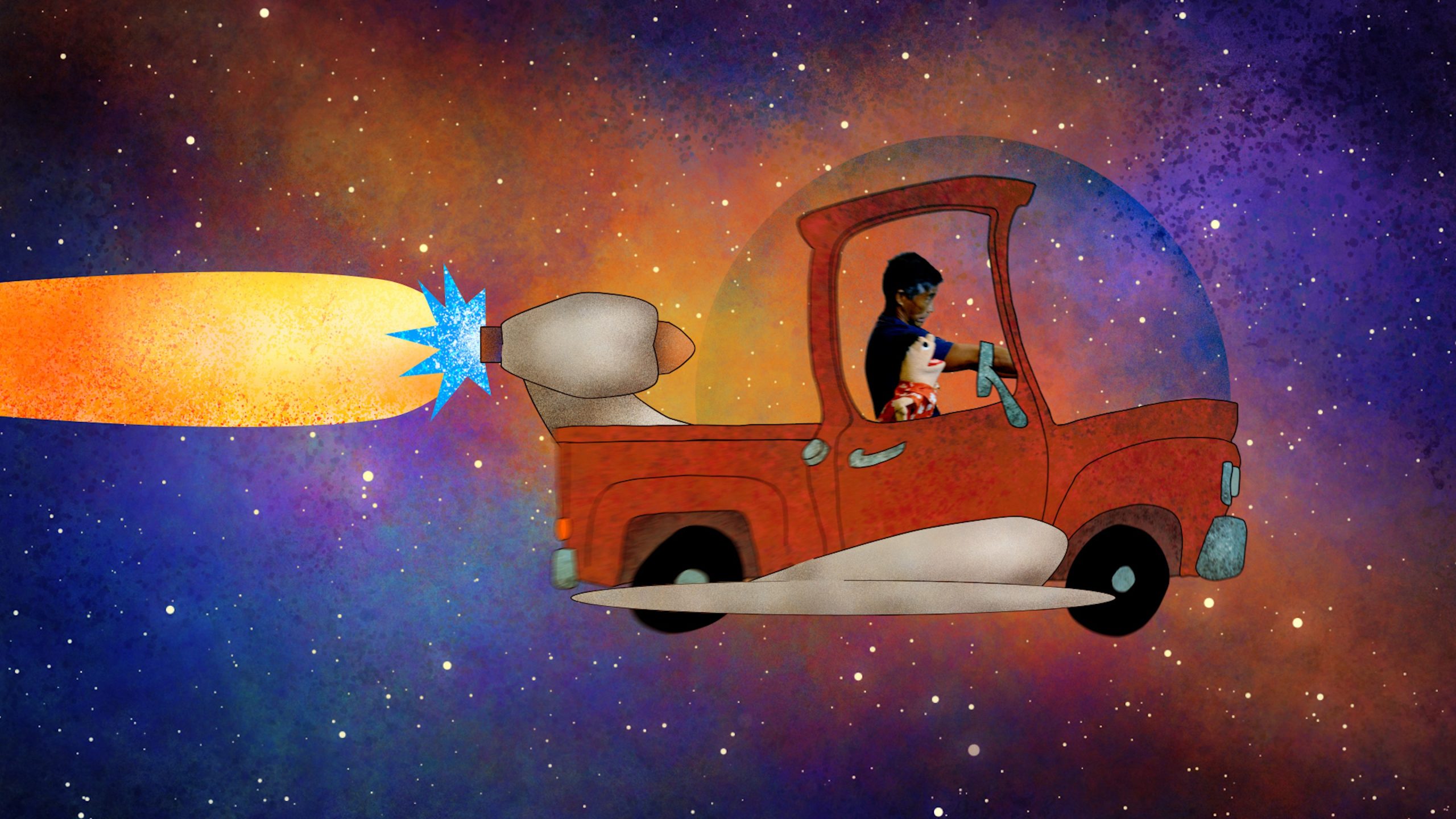
The HI-Way
From HTY’s The HI-Way
SF: That must have been a tall order for the actors, who you’d expect to be more comfortable in front of the camera than behind it. Did you have to coach them?
GE: We had little filmmaking camps—how to use a camera, what the settings are, how to frame, how to do audio. The whole first season is them figuring out how to do audio and slowly coaching them about how to do everything—a bootcamp into how to make TV and film.
SF: When you were out of that first lockdown, were you shooting normally again?
GE: For season two, we were able to use the stage which Eric changed into a green screen studio. There was more time to come up with stories and the music and to make it more of a proper TV show. So this new season is kind of like Netflix style and all kind of comes out at one time because it’s all in the can and we’re slowly editing. Three episodes are done and it’ll go all the way to episode nine which is a Christmas special. But the topics are not Covid related anymore—they’re more focused on Hawaiʻi and more universal topics. One is about “Pono” and what it means, and another is surfing.
SF: Did this second lockdown affect production for The HI-Way in any way?
GE: Season two is pretty good to go. Eight episodes are in the can and with only about one or two more to go. Hopefully we can hit those after lockdown. The whole purpose of this project was to have a “Hawaiian Sesame Street” for kids experiencing the lockdown and it’s a good example of creating something out of this bad situation—something that wouldn’t have been created if there wasn’t covid. The high production quality was because of the theatre wanting to make a good show. So they’ve become good filmmakers and great artists and they’re striving to be really good at it. Now they see a way forward as well because they’re thinking outside Hawaiʻi and something that can continue even when they have live theatre again.
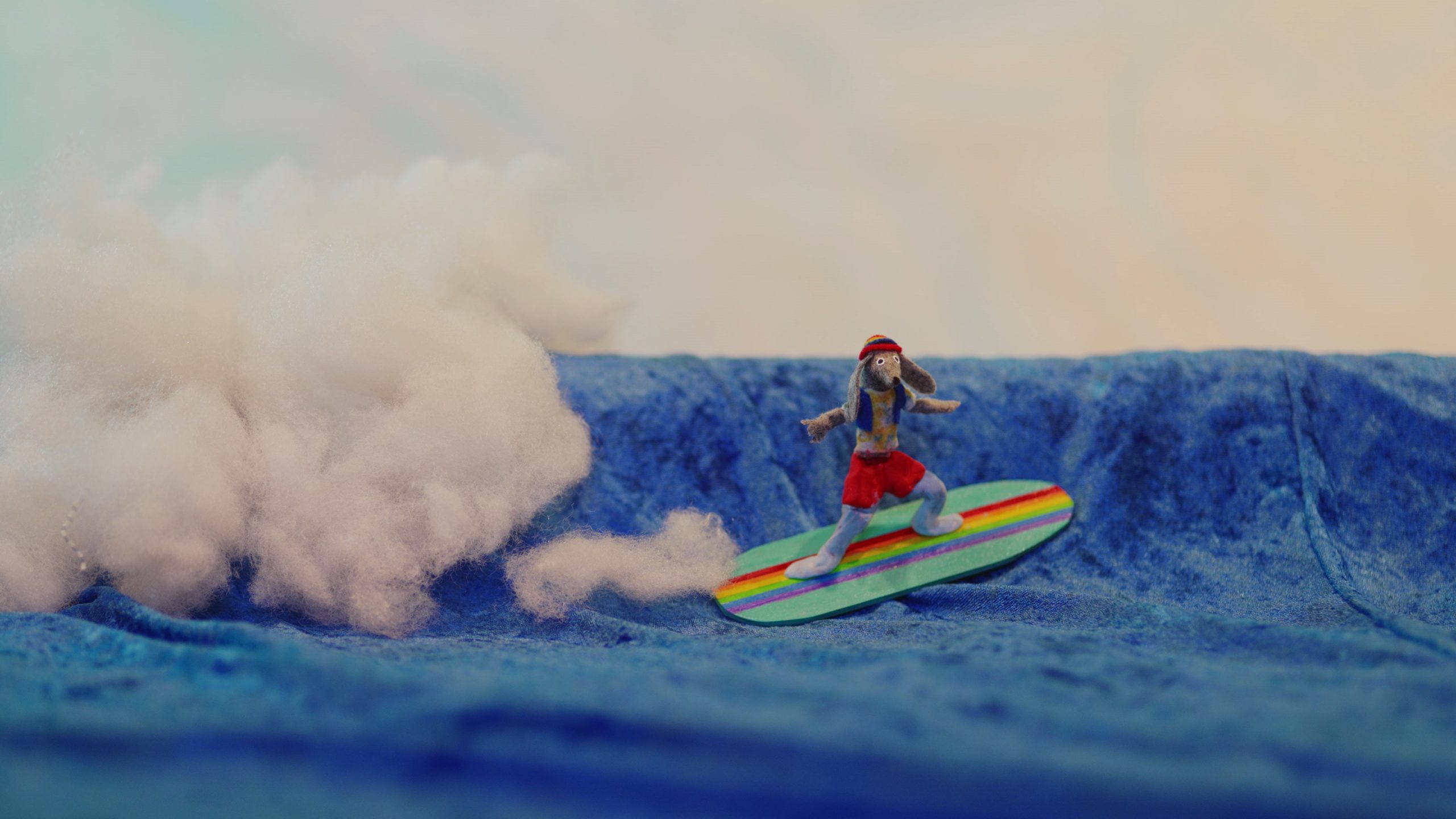
The HI-Way
From HTY’s The HI-Way
SF: How do you think the rest of the local filmmaking community will get through this?
GE: In a way, HTY and The HI-Way is a good model and one hope is that the other theatre groups can replicate it to stay alive. It’s the best template to stay alive because it’s reinventing oneself and being just as good. It’s not like we’re just gonna zoom or we’re just not gonna do anything. It’s really fighting hard to create something that people will really like and not just scraping by. The bigger TV shows have the money and resources to do it in a different way and you see that with Temptation Island where they’re creating a bubble to work and that’s challenging because you’re limited to what you can shoot. While that’s a good model for bigger productions, they can afford testing, so they can do it.
Unfortunately for indie films, it’s really hard. The way HTY works is about creativity and thinking outside the box whereas if you’re shooting a short film, you’re likely to have a specific vision that’s gonna be hard to budge. A good example of that is if you have a party scene, how are you gonna shoot that? The way we do it at HI-Way is that we do it on a green screen, one person at a time. Then we group them together as a special effects shot and it’s okay that it looks like an effect shot for HTY. With indie films, you have to rethink your vision or you wait.
SF: Speaking of indie productions, can you tell us a bit about “Ka Huakaʻi” and how it was impacted by Covid?
GE: That one was in the can and we were just editing when the lockdown happened, since we shot it all during Merrie Monarch last year. That one is a bit heartbreaking because we and the hālau that was involved with the project, had a whole plan to do panel discussions and be out there with the community sharing more about hula and how important it is. It was also a film that was commissioned and sponsored by Hawaiian Airlines and it was a first of its kind—they were very hands off and there was no branding in the movie other than the airline staff we followed.
It’s really deep and very emotional and I felt like it was gonna be a really great film to talk about hula and culture in Hawaiʻi. They were really proud of it and I think it’s a groundbreaking film because you see a lot that you never see before about the whole process of going to Merrie Monarch.
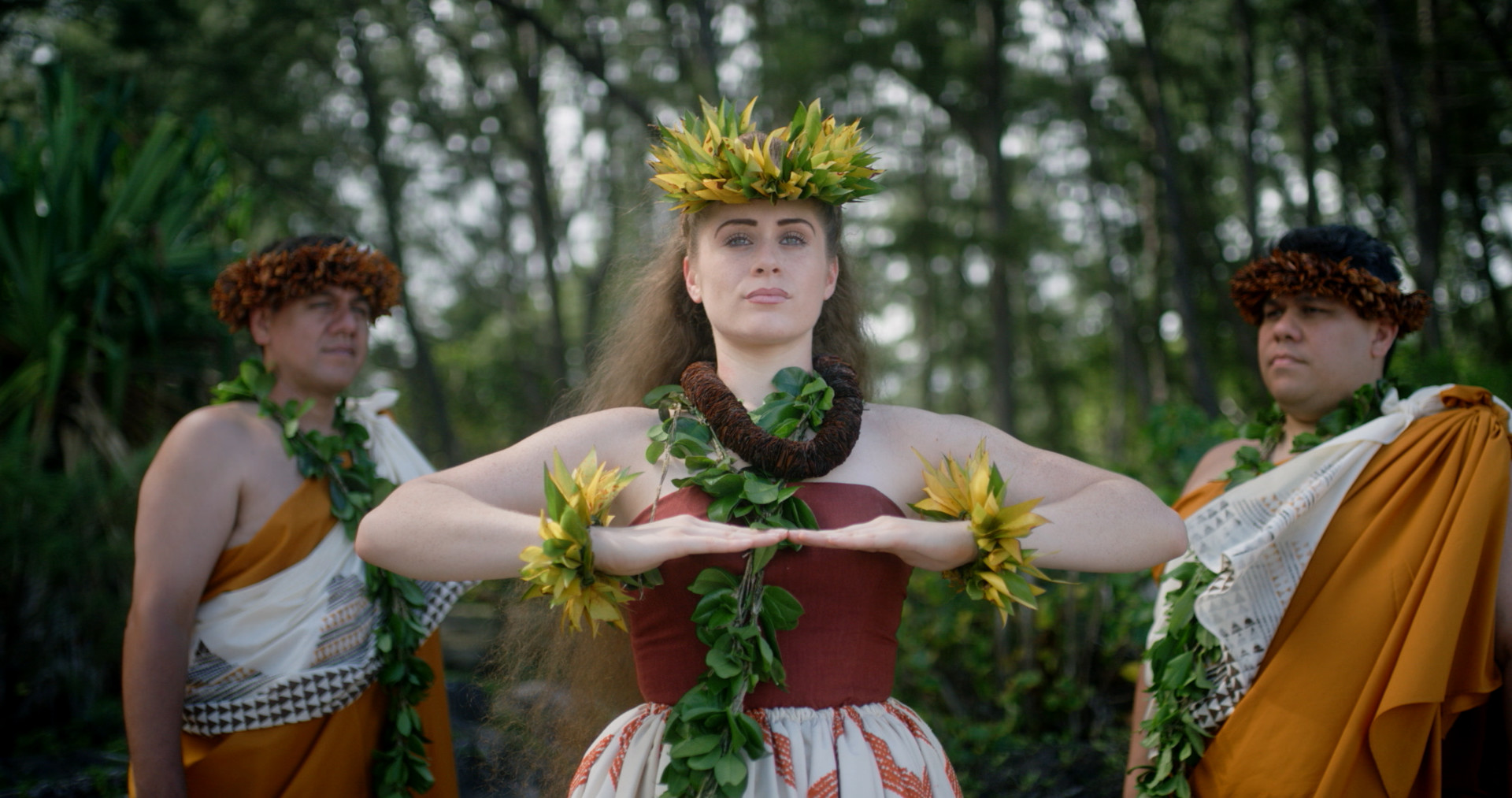
Ka Huakai
From Ka Huakai
SF: Since it’s no longer available online, when is the next opportunity for people to view the film?
GE: The next screening is the Los Angeles Asian Pacific Film Festival, and we submitted to HIFF (Hawaiʻi International Film Festival), so that might be another opportunity.
SF: “Ka Huakaʻi” is a documentary, but you’re also working on a short narrative film called “Red House.” How did that get started and what drew you to it?
GE: Red House was born out of ‘Ohina Filmmakers Lab. It was one of the scripts that was not picked to be made into a film, but I thought it had a lot of potential. So maybe we can just pick this up and see if we can make it a bare bones, no budget sort of deal. And of course, it had a ridiculous scope—boats, kids, and dogs. I don’t know what I was thinking. I don’t know how you make that with no money. We did make it for super cheap and we had achieved this great look out of it.
The script was written by Holly Sereni and it’s a bit of a redemption film and done really local style. What drew me to it was that it was very well written. It was a very visual script—it pulled me to the project. I could do it justice, I think. We had some firepower in that we had Henry Cusick as a producer, who was initially going to direct it. A lot of the actors are first timers, and he was coaching them up and getting them tight.
SF: How’d you guys do it?
GE: The only way you get it done is you keep it small, you keep it light and ask for a lot of favors. We still gave everyone something as much as we can. NMG chipped in some cash and gave me some time to work on it, and that’s why I think we were able to get it done because I was able to just go out anytime to get things done.
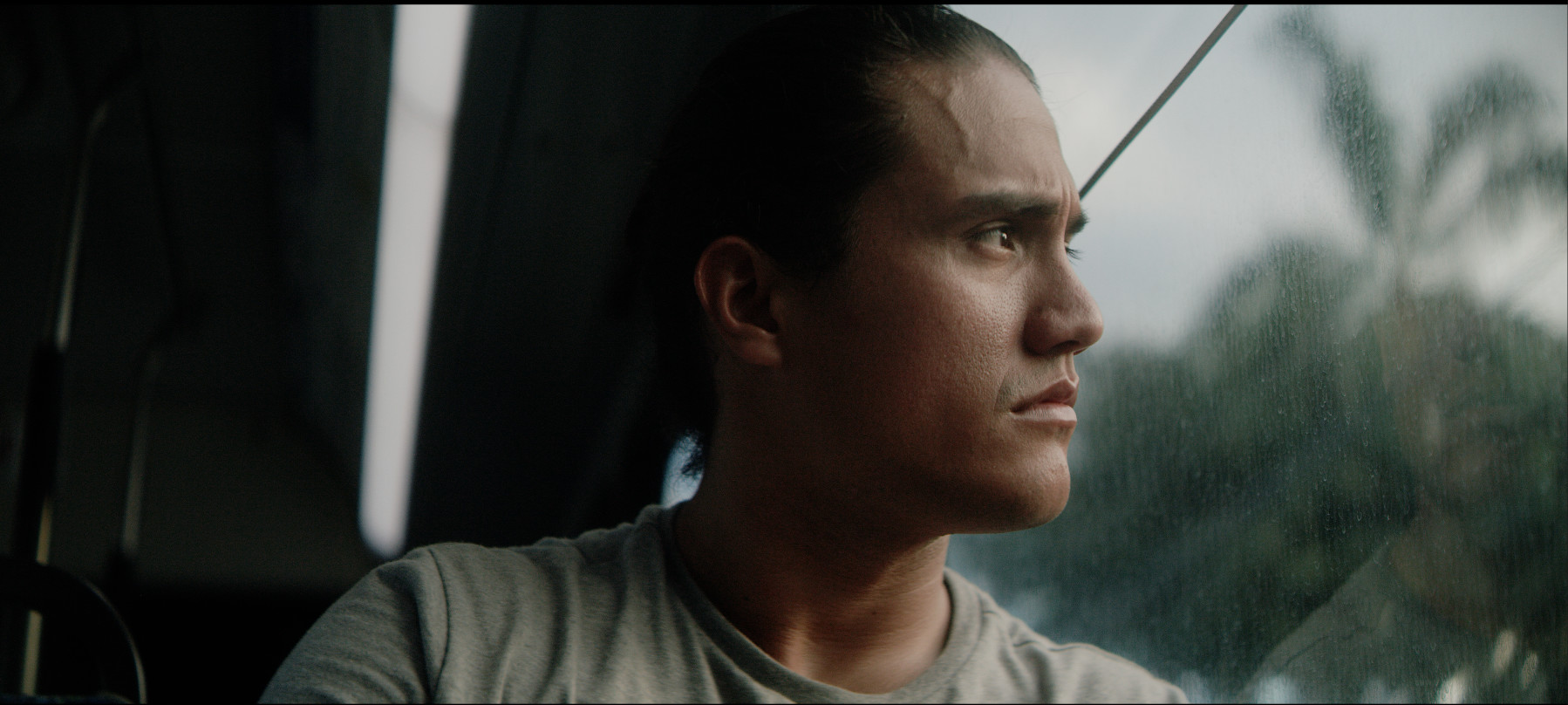
Red House
From the short film Red House
SF: Was “Red House’s” production affected by Covid in any way?
GE: There were some shots that were a little rough. And of course, there’s a scene with eight guys on a boat that needed to get some pickup shots. When the lockdown happened, I didn’t even know how I was gonna do it. We had to get creative with how we shot and how we put the scene together. I don’t think we would have been able to make the movie completely in Covid times.
We submitted Red House to HIFF and to a bunch of other film festivals and we’ll see where it goes. Short films these days are very competitive—there’s a lot of very good short films. We’ll see what happens.
SF: Film festivals around the world are also navigating through this pandemic in their own ways. What’s been your experience like interacting with film festivals during this period?
GE: It’s just unfair to film festivals that an act of God has come through and done this—but at the same time, they have to reinvent how to do a film festival, because now it’s harder to break through the crowd. Our experiences are exactly what we hear across the board. It’s not easy to find films—your film doesn’t break through like it did at a festival before where you’d have a big screening and engage with your audience right there. Virtually, Ka Huakaʻi is the best example: we had thousands of people watch it, but most of the people I know in person haven’t even watched it. There’s a disconnect, you don’t have this instant engagement with an audience. That’s what’s missing with the virtual experience.
SF: HoMA has had the privilege of hosting the ‘Ohina Showcase in the Doris Duke Theatre for several years. They were always great events that brought together the community in appreciation for local filmmakers. How have you seen ‘Ohina grow recently?
GE: We’re trying to get away from just being a showcase and make more of a platform to help filmmakers create content. That’s part of the reason why, this year, we’re not gonna have the presence we had in the past. ‘Ohina is volunteer based—we do it out of love and passion to bring up the level of local filmmaking. Everything we do at ‘Ohina is to help one another out and help the industry as a whole. You’re seeing the fruits of that labor—a lot of these ‘Ohina films rise to the top and are doing quite well outside of Hawaiʻi.
I’m hopeful that people at all these film festivals are going “What’s ‘Ohina?” And we see it—even when we do nothing—there are people reaching out to say “Hey, when’s the Lab gonna happen?” I think that means we’re doing our job. To make people aware that if they wanna sharpen up their skills on their short, ‘Ohina can do that.
SF: You’ve been to the museum a few times—for events at the Doris Duke Theatre, shooting for films and commercials, etc.—so you’re familiar with the space. What’s your favorite part of the museum?
GE: I honestly like the grounds a lot, I like the space a lot. I like the Buddhist gallery and the scale of Guan Yin. There’s the contemporary works, and I like the classical paintings, but that’s something I see at other museums. I think the Asian collection is something unique to the museum. It’s something that never gets old when I go there. It’s a good collection and it’s been around for a long time.
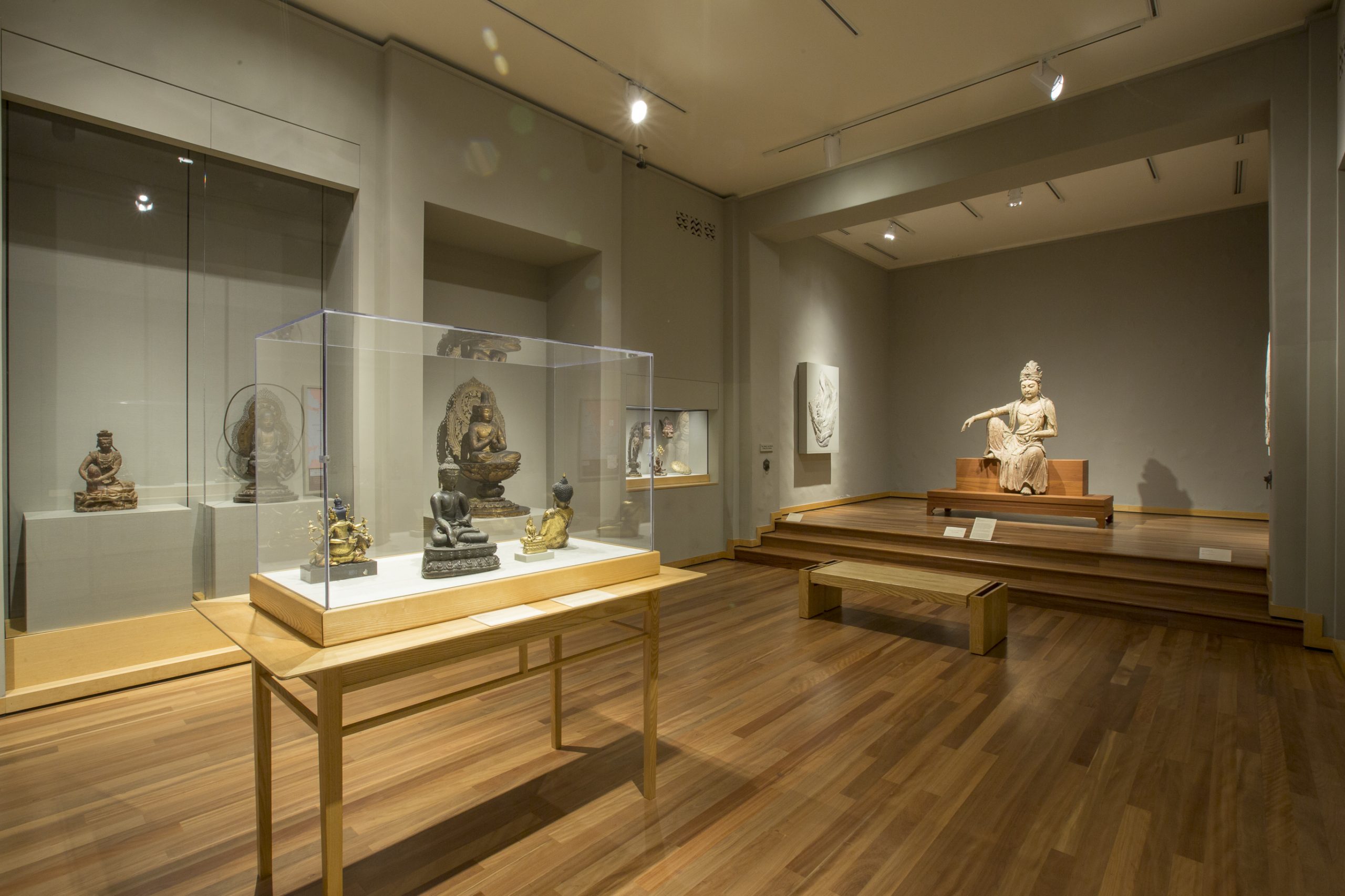
Buddhism Gallery
HoMA’s Buddhism gallery
SF: What got you started? When did you know filmmaking was your thing?
GE: When I first started, I wanted to be an actor. But I wasn’t getting jobs, so I became a filmmaker because I wanted to make my own opportunities. It took a long time to get comfortable doing the work full time. You gotta know the business side of it and you gotta be successful at telling stories. Being able to sell your work and other people’s stories to the public, that’s what makes you a good filmmaker these days.
SF: With everything that’s going on, and all the obstacles you’ve described—what keeps you motivated to keep going?
GE: What keeps you going are just good stories. So when someone pitches a good idea or I have a good idea, that gets the fire going. Even though Covid’s happened, we’ve had a very productive year in terms of what we got done and what we’re releasing. I think we’ve done some really great work.